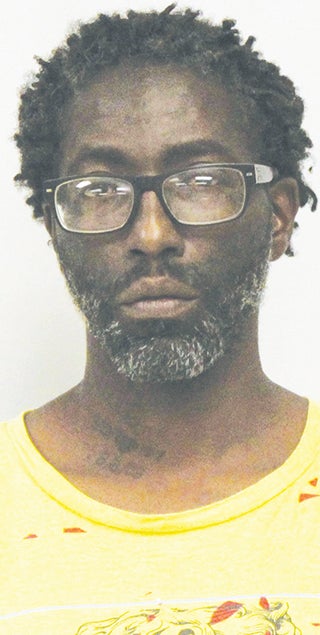Growing A Better Garden: Pruning tips
Published 10:14 am Thursday, March 2, 2017

- An Extension expert gives tips on pruning muscadine vines.
By Pam Jones
Cooperative Extension
Horticulture Agent
Dr. Bill Cline, NC State Extension’s blueberry and muscadine specialist, came to Davie County Feb. 22 to share his knowledge and years of experience with regard to blueberry and muscadine production and pruning.
He repeated the same program the next day in Davidson County.
Topics included importance of site selection, soil testing, cultivars of both fruits best suited to this area, fertility, and pests and diseases. He also included pruning of blueberry bushes and muscadine vines.
Pruning is a task that strikes fear into the hearts of producers. They fear they will prune away too many flower buds which will later become those succulent berries and grapes.
If you’re a homeowner, just your taste buds are denied but to commercial producers, pruning incorrectly affects the financial bottom line.
Cline spent an hour and a half sharing production information and then the group departed to Chestnut Trail Vineyard near Mocksville for a hands-on demonstration of muscadine pruning. Muscadine grapes are native to the Southeastern United States and are reported to have been cultivated by Native Americans more than 400 years ago.
Unlike table and European wine grapes, muscadines don’t form the iconic large clusters of grapes. Most varieties form single grapes or small clusters.
They are delicious when eaten fresh and are also healthy. Research has shown muscadines to contain a high level of antioxidants, which have significant health benefits with regard to reducing signs of aging, cancer, heart disease, stroke, degeneration of the eye, and other disease processes. The red (black) muscadine varieties are especially high in antioxidants.
The class and Cline then traveled to Sandy Creek Farm in Davidson County where a planting of blueberry bushes awaited pruning. Blueberries are also packed with antioxidants and therefore have many health benefits in a delicious round package.
Cline instructed participants to remove about one-third of each bush every year. He pointed out that each flower bud was actually a cluster of flowers which would produce five to seven berries.
Therefore, what seemed like drastic pruning was actually helping the bush in several ways.
First, a full load of berries results in an overload that the branches (canes) have a difficult time supporting. Secondly, removing one third of the flowers actually produces larger, more flavorful berries. The same is true for the grapes produced on a well-pruned muscadine vine.
Pruning also allows for greater sun penetration and air circulation improving the health and production of the bushes and vines.
Class participants were from Davie, Davidson and surrounding counties. Some were commercial growers and some were just growing blueberries and muscadines for themselves.
All were fortunate to hear and watch Cline who helped them understand that proper pruning makes a better plant and better plants produce better and more, not less fruit. The class and demonstrations were offered by Davie and Davidson County Extension and were free to the public.
Look for more classes and educational programs in this newspaper or online at davie.ces.ncsu.edu. You can contact me at pam_jones@ncsu.edu or by calling 336.753.6100. Information on production and pruning of blueberries at https://blueberries.ces.ncsu.edu. Muscadine production and pruning information is available at https://content.ces.ncsu.edu/muscadine-grapes-in-the-home-garden. Copies are available at the Davie Extension Center, 180 S. Main St., Mocksville.



